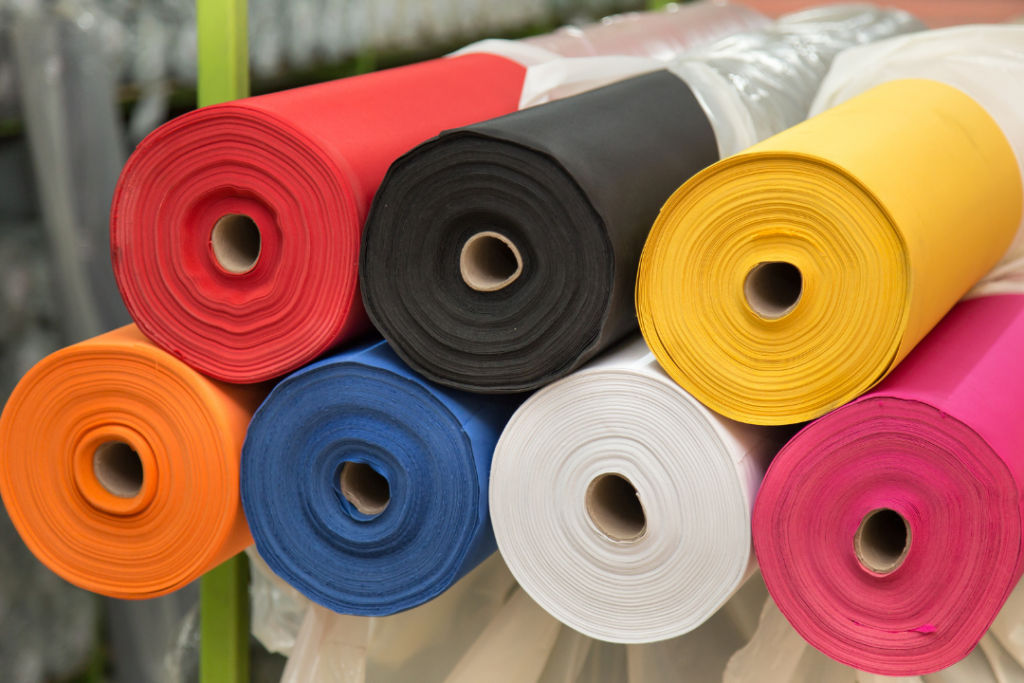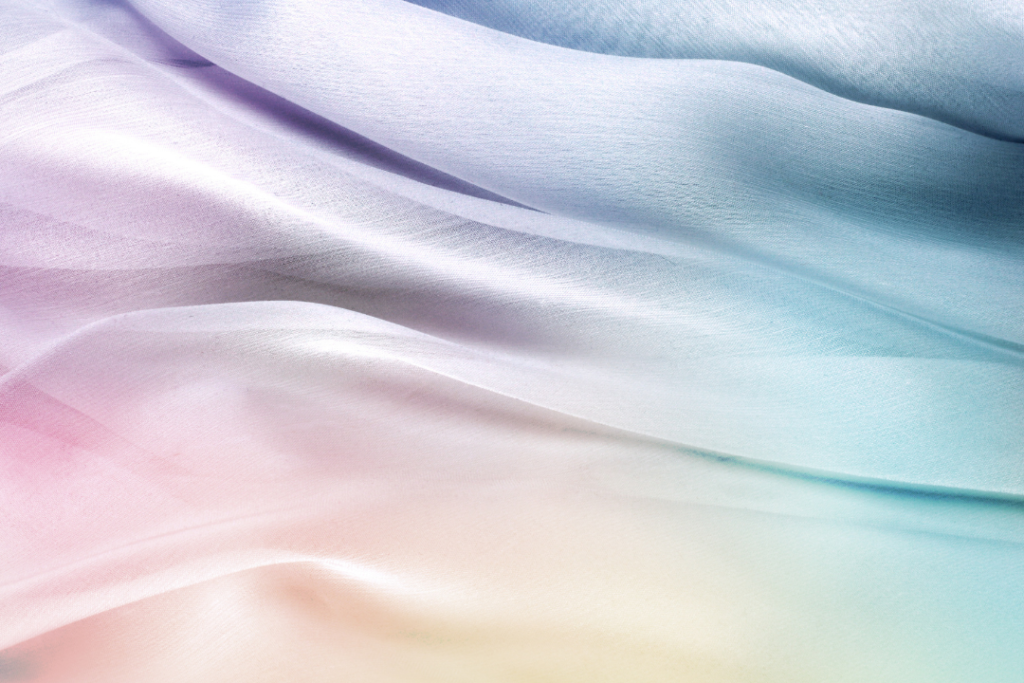
This is Part Two of our series, The Shopper’s Guide to Fabric, so be sure to check out Part One, The Shopper’s Guide to Fabric: Natural Fibers for an overview of fiber and fabric basics, as well as some information about what makes good fabric.
In this installment, we’ll talk about man-made or synthetic fibers and blended fabrics often used in clothing.
As I said in the last post, it’s important to know some basic information about fabrics so that you can make good decisions about the clothing you buy.
Table of Contents
What are synthetic fibers?
Artificial fibers were first created in the late 19th Century when scientists began to replicate naturally occurring fibers using wood fibers, which they called viscose.
Later this kind of fiber became known as rayon.
Nylon was the first truly synthetic fiber, that is, the first completely man-made fiber, and it became popular during the 1940s, especially for women’s stockings.
Since the 194os, the number of synthetic fibers has grown greatly due to scientific improvements.
Types of Synthetic Fabrics
Polyester, nylon, acrylic, rayon and spandex are some of the more common synthetic fabrics, but there are many more. Here is a short summary of these fabrics, along with their strengths and weaknesses.
- Polyester is strong, resists wrinkling, and is machine washable, but it is not very absorbent and is subject to both static electricity and mildew. It is often used in lining fabrics, as well as in cotton/poly blends, which I will talk about more below.
- Nylon is strong, machine washable, wrinkle-resistant, and elastic, but it does not absorb well. It is often used to make satins, chiffons, tricots, and knits, as well as upholstery.
- Acrylic is strong, machine washable, wrinkle resistant, and dyes well, but it pills and cannot absorb very well. It is often used in fake fur, knits, fleece, and as an imitation of wool. It blends with wool, cotton and rayon as well.
- Rayon is absorbent, stretchy, and dyes well, but it is relatively weak, often needs to be dry-cleaned, and has the tendency to shrink or stretch if not handled properly. It is used to imitate silk, linen, and cotton, often through blending with other fibers.
- Spandex is strong, nonabsorbent and very stretchy, making it a great choice for swimwear and form-fitting clothing. It is generally machine washable and used to add an element of stretch to other fabric blends.
Blended Fabrics

Blended fabrics can offer the best of both worlds by combining fibers to accentuate their strengths and downplay their weaknesses.
The blending process creates thousands of possible fabrics, which is why it’s a good idea to look at the percentage breakdown on the tags of your clothes before you buy them.
Having a rough idea of the kinds of fibers that particular fabric is made of can help you to decide whether to buy or not.
Why buy synthetics?
Synthetic fabrics are specially designed to both replicate natural fibers and add benefits, such as waterproofing and stretch, to fabrics. Though synthetic fabrics do not generally have the longevity of natural fiber fabrics, they are often the more thrifty choice and require less care.
Also, consider how long you plan to be using a piece when you buy it. If you are hoping to keep something for more than a year or two, strongly consider investing in a higher quality piece in a natural fiber, but if you’re following an iffy trend, buy the less expensive synthetic option!
Be sure to keep your climate in mind as you shop as well. Nonabsorbent fabrics or synthetic options that have poor absorbency are often bad choices in very warm climates due to the fact that they trap both the heat and sweat against your skin, which can get uncomfortable very quickly! It’s best to opt for natural fibers or blends that include natural fibers if you live in one of these climates.
Your thoughts?
Do you pay attention to the fabrics listed on clothing labels? Do you make fashion decisions based on fabrics? Do you have a favorite fabric? Any buying tips for your fellow CF readers? Let us know in the comments!

What a useful article! I’ve always been so confused about the different types of fabric, even though my dad always says just to buy cotton. 🙂
I’m so glad this article has been useful to you all! I try to personally avoid synthetics as well because my very pale skin as also very sensitive!
Jill